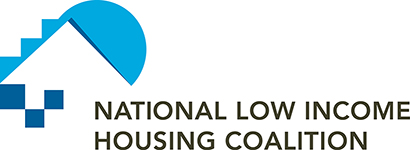New NLIHC Report Examines the Nation’s Affordable Rental Unit Shortage

According to “The Gap: A Shortage of Affordable Homes” — a new report published this week by the National Low Income Housing Coalition (NLIHC) — the United States had a shortage of 3.6 million rental homes affordable for extremely-low-income renters in 2018.
The report examines national data from the American Community Survey to determine the availability of rental housing affordable to renters, with a focus on renter households with extremely-low incomes (individuals or families earning 30 percent or less of the area median income). According to this analysis, there were 10.9 million renter households with extremely-low incomes in 2018, representing 25 percent of all renters and 8 percent of all households in the country. To calculate “the gap” in units available to these renters, NLIHC looked at all available units with rents and utility costs that did not exceed 30 percent of area median incomes.
NLIHC found that roughly half of all middle- and higher-income renters who are severely cost-burdened (those who spend 50 percent or more of their incomes on rent and utilities) live in 10 metropolitan areas. Three cities — Los Angeles, New York, and Miami — are home to nearly a third of those renters.
With competition so high for affordable units in the biggest cities across all income brackets, many extremely-low-income renters live in apartments with rents priced beyond their means. According to the report, 23 percent of extremely-low-income renters are in homes affordable to very-low-income households, 33 percent are in homes affordable to low-income households, 7 percent are in homes affordable to middle-income households, and 4 percent are in homes affordable to households with above-median incomes.
The report also documents that every state in America has a shortage of affordable units available for the lowest income renters. Nevada is the hardest state for extremely-low-income renters to find affordable housing, with only 18 affordable and available rental units for every 100 extremely-low-income renters. West Virginia has the highest number of affordable and available units per 100 extremely-low-income renters, at 62.
In the report, NLIHC calls for continued and increased funding for the Housing Trust Fund, Housing Choice Voucher program, the Public Housing Capital Fund, and the Project-Based Rental Assistance program to address the shortage of affordable rental homes. The report also urges Congress to expand the Housing Credit program by passing the Affordable Housing Credit Improvement Act.

